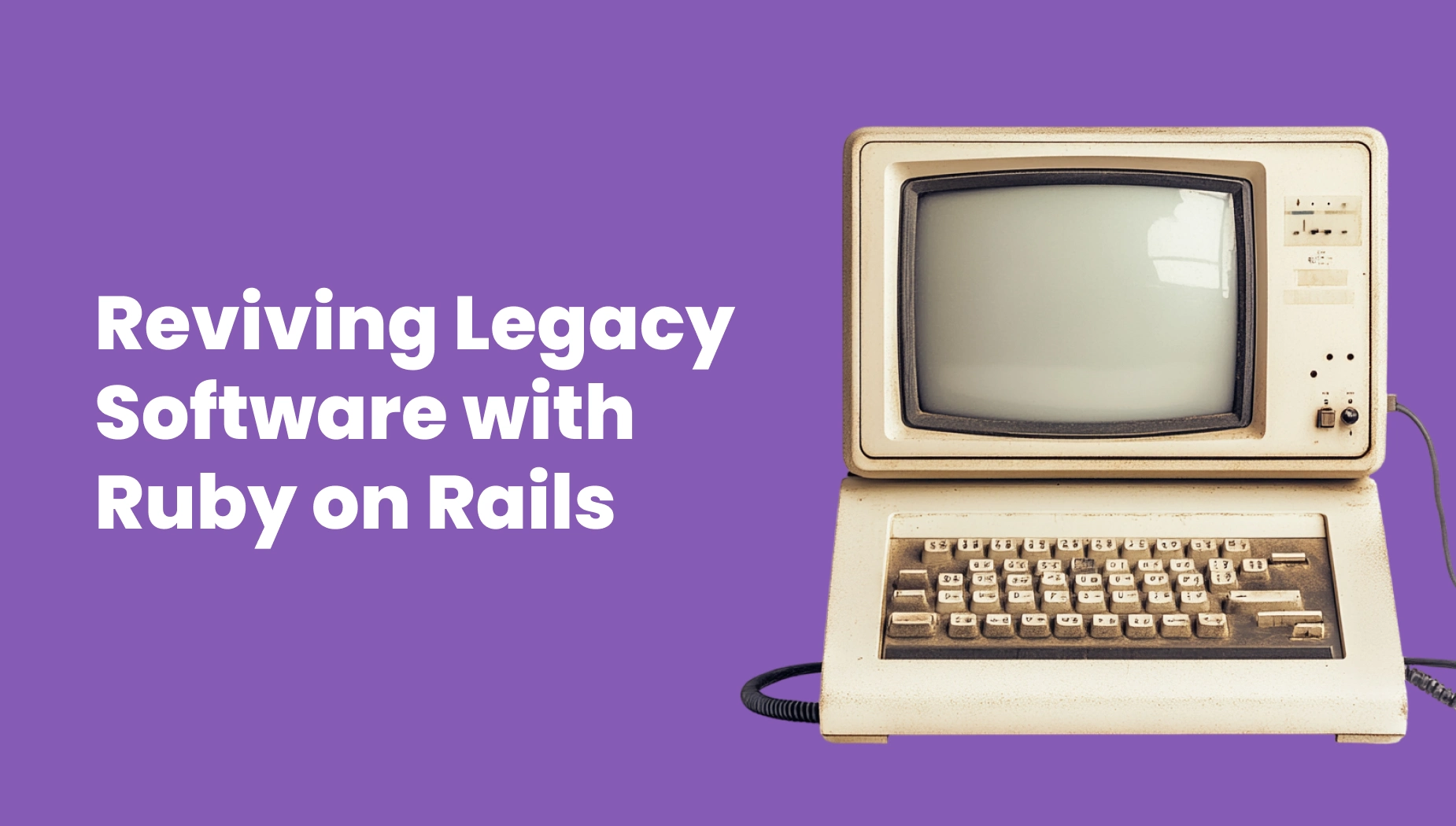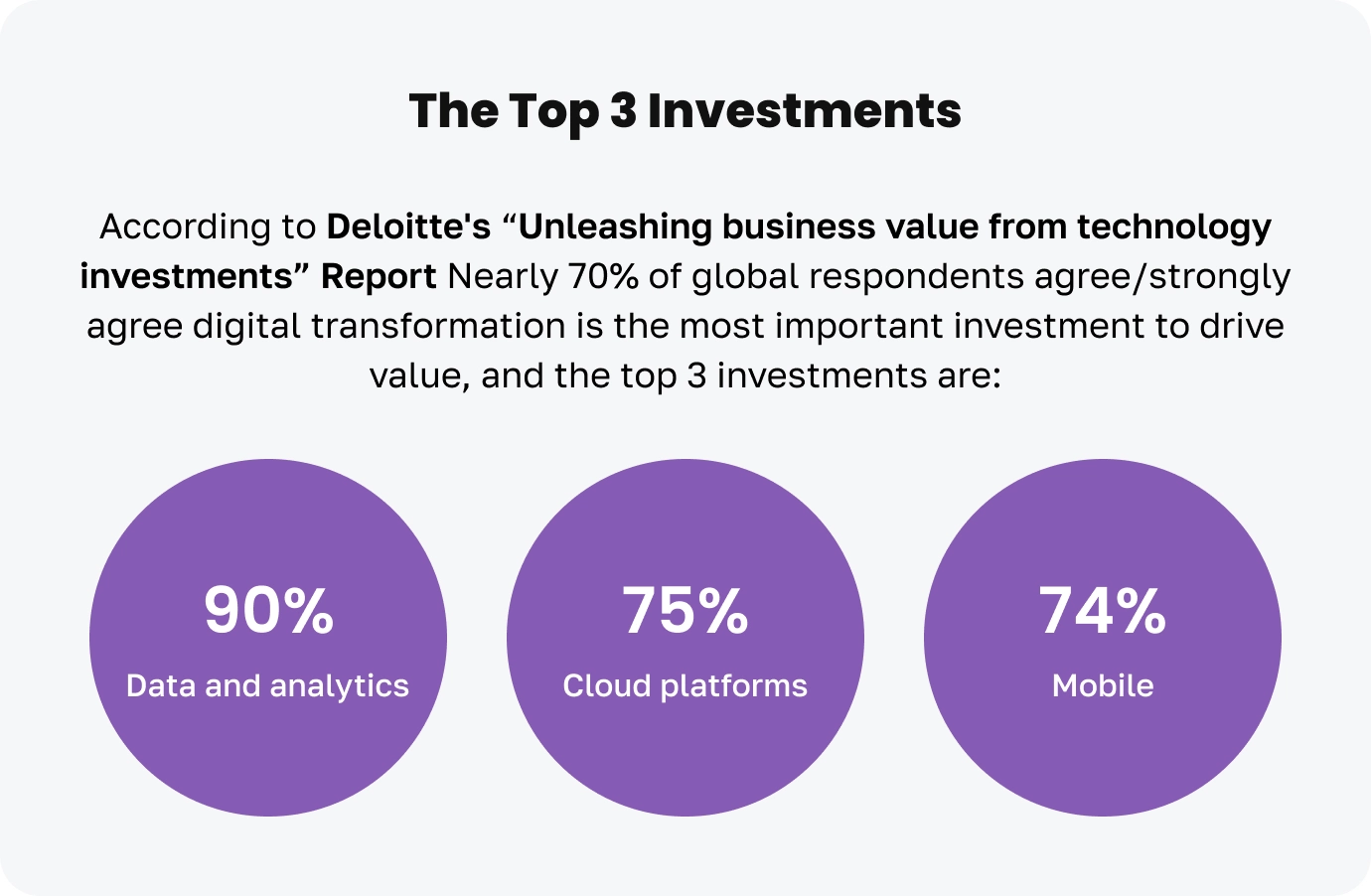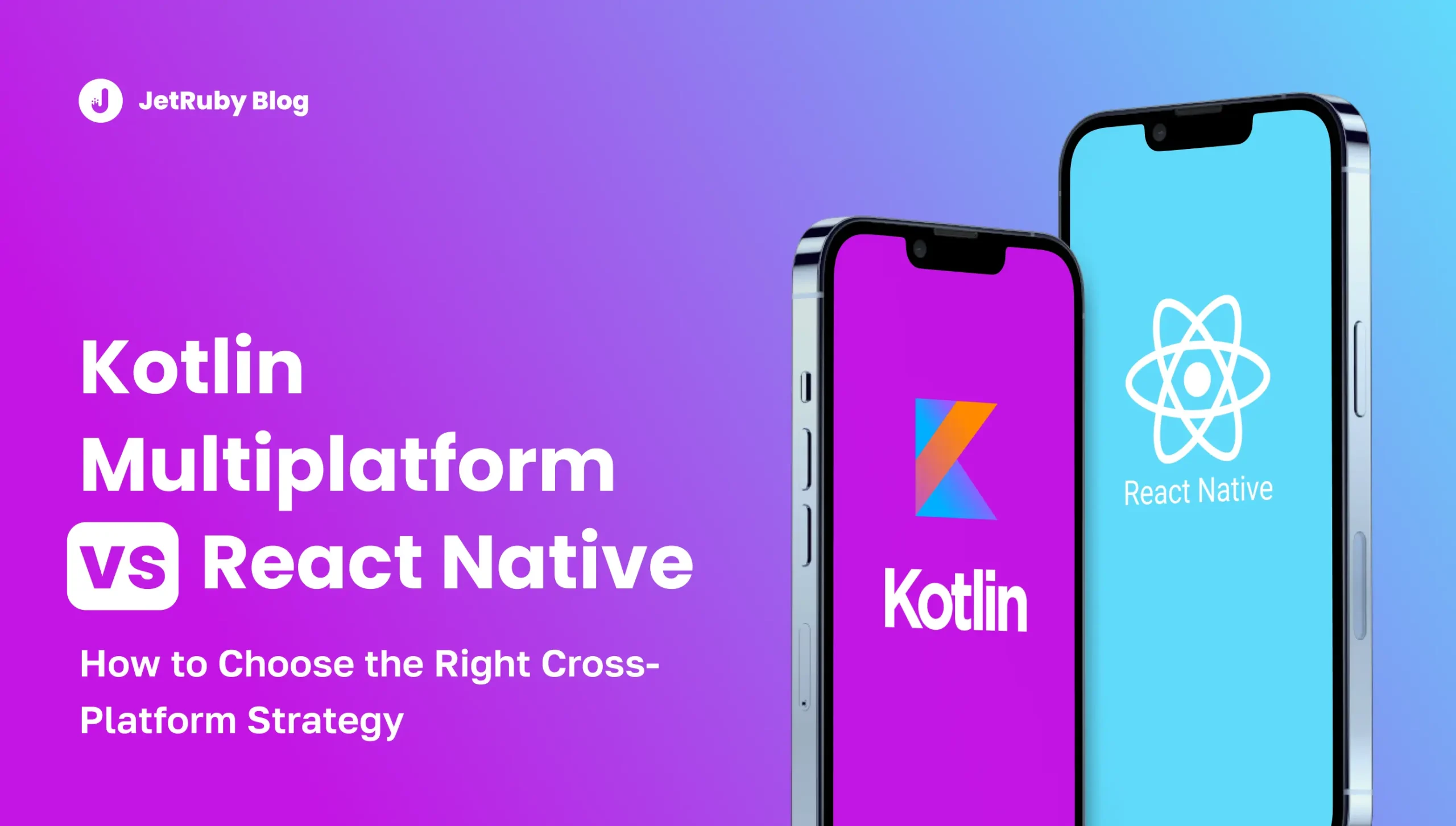Table of Contents
Imagine running a modern business with software that frequently crashes, processes data slowly, and lacks essential security updates.
This is a common reality for many companies relying on legacy systems.
- Frequent software crashes lead to unexpected downtime, disrupting daily operations and delaying projects. This unreliability reduces employee productivity and damages customer trust, driving them to more dependable competitors.
- Slow data processing doesn’t let you make timely decisions, respond to customer needs, and maintain a competitive edge. Delays affect everything from customer service to sales transactions, resulting in lost sales opportunities and decreased customer satisfaction.
- Lacking essential security updates exposes your business to cyber threats. Outdated software is a prime target for hackers, leading to data breaches that compromise sensitive information like customer data and financial records.
- Maintaining legacy systems also means escalating maintenance costs and difficulty finding skilled professionals to manage outdated technologies. This stifles innovation, preventing your business from adopting new tools that drive growth and efficiency.
By upgrading to modern solutions, companies can enhance performance, bolster security, and improve satisfaction for employees and customers.
Let’s find out how transitioning to updated systems can lead to these benefits, with a focus on Ruby on Rails (RoR) as a highly effective solution. And JetRuby’s CTO as a Service provides the leadership and expertise for a smooth transition.
How Legacy Code Harms Modern Tech Companies
Outdated codebases may be a huge burden for modern IT companies, causing maintenance, flexibility, security, and talent acquisition inefficiencies.
Here’s a breakdown of how these issues manifest:
Increased Maintenance Costs
Older codebases often have no documentation and require significant maintenance resources, leading to inefficiency and inflated costs.
Limited Flexibility
Legacy systems lack flexibility, making it difficult to adapt to changing market demands or scale products.
Security Vulnerabilities
Old-hat software doesn’t have modern security measures, increasing the risk of breaches and cyber threats.
Talent Acquisition Challenges
Finding developers familiar with outdated systems is difficult, and maintaining these systems diverts focus from innovation.
How to Know When Your Legacy System Needs Modernization
When legacy systems start slowing down operations, failing to scale, or becoming costly to maintain, it’s a clear sign they require modernization.
Here’s how you can identify if it’s time for an upgrade:
Weak Performance
Modernization is key if your application’s performance is sluggish, and your employees and customers face difficulties.
- Slow, unresponsive applications reduce productivity as employees struggle with inefficient tools, and customers become impatient with poor experiences.
- Users facing delays or crashes are more likely to abandon your service for faster alternatives, resulting in lower customer retention.
- Slow systems hinder your ability to quickly adapt to market changes and customer needs, leading to missed real-time opportunities and delayed decisions.
- Businesses with outdated systems fall behind competitors using modern, agile platforms that support faster, more efficient operations.
Outdated Functionality
Modernizing your software is crucial when it no longer meets your business needs, struggles to scale, or fails to integrate with current technologies.
Here are key signs that your software may be outdated:
- Limited compatibility with other tools, impacting efficiency.
- Software no longer receives updates, increasing risk.
- Fewer skilled developers are available for older technologies.
- Outdated software is more prone to security risks.
- Struggles to handle increased demands as the business grows.
- Cumbersome interface frustrates users, reducing productivity.
Rising Costs and Misalignment with Business Goals
Outdated software can transform from an asset into a financial burden, creating strategic misalignments within your business.
Consider the following issues:
- Expenses outweigh benefits, straining budgets.
- The software no longer supports evolving business objectives.
- Maintenance costs divert funds from growth initiatives.
- Limited adaptability restricts response to market changes.
- Falling behind technologically limits operational effectiveness.
Deloitte’s “Unleashing business value from technology investments” Report
Make sure to secure
Outdated software often lacks the critical protections required.
Below are the key security vulnerabilities that expose legacy systems to cyber threats:
- Legacy systems often lack the latest security features, such as encryption standards, multi-factor authentication, or patch management, making them prime targets for cyberattacks.
- Many outdated systems no longer receive security updates or patches from vendors. This leaves known vulnerabilities unaddressed, increasing the risk of exploitation by attackers aware of these weaknesses.
- Without regular updates, legacy systems can become a breeding ground for malware and ransomware attacks.
- Legacy systems are often incompatible with current security solutions like intrusion detection systems, firewalls, and antivirus programs. This limits the ability to monitor and protect the infrastructure effectively.
- Older systems do not meet modern compliance standards (e.g., GDPR, HIPAA) and expose businesses to heavy fines and legal repercussions.
- Legacy systems often have weak access and user authentication controls, making them vulnerable to insider threats.
For instance, Equifax suffered a massive data breach in 2017 due to vulnerabilities in its outdated software, exposing sensitive information of millions of consumers. This resulted in legal issues and a significant loss of customer trust. Modernizing their systems earlier could have helped prevent these risks.
Application Modernization: Large and Mid-Sized Enterprises
Several large companies have modernized their legacy systems to avoid significant operational risks:
Commonwealth Bank of Australia (2018)
Following the nationwide outage, the bank revamped its outdated systems and transitioned to cloud-based infrastructure to meet the growing demands of digital banking.
Toys “R” Us
Once a retail giant, it failed to modernize its e-commerce platform and relied heavily on third-party partnerships. The inability to invest in a scalable online platform contributed to its bankruptcy in 2017.
Blockbuster
A market leader in video rentals, Blockbuster was slow to embrace digital platforms like streaming, leading to its decline and eventual collapse.
Borders
The book retailer failed to update its inventory and e-commerce systems, outsourcing online sales to Amazon, which led to its bankruptcy in 2011.
Avon
The cosmetics company suffered major setbacks in 2013 due to outdated enterprise software, lost representatives, and decreased sales.
These examples demonstrate how even mid-sized companies, which may seem stable, can experience significant setbacks if they do not invest in tech innovations in time.
Modernizing Your Legacy System with Ruby on Rails
Migrating legacy code to Ruby on Rails can revolutionize your business processes and offer several advantages:
- RoR allows developers to build and deploy applications quickly, shortening time-to-market for new features and products.
- RoR promotes modular, maintainable code, simplifying updates and reducing technical debt.
- RoR offers built-in security features that protect against common vulnerabilities, such as SQL injection and cross-site scripting (XSS).
- Whether small or large, RoR’s flexible architecture scales with your business, ensuring smooth performance as your demands grow.
Why CTO Leadership is Essential for Legacy Code Modernization
Modernizing your legacy system with Ruby on Rails can be transformative. However, for a successful transition, strong leadership is just as important as the right technology.
That’s where skilled CTO leadership comes into play. With a clear strategy, experienced team-building, and risk management, a CTO can guide the modernization process, maximizing your return on investment and ensuring a seamless shift to modern technologies like Ruby on Rails.
Here’s how CTO leadership drives success in legacy code modernization:
- Strategic planning. They assess the legacy system and create a roadmap for transitioning to modern technologies like Ruby on Rails.
- Team building. An on-demand CTO structures a high-performing development team aligned with the company’s long-term goals.
- Risk management. A seasoned CTO identifies and mitigates risks, such as data loss and service downtime, ensuring a smooth transition.
- Maximizing ROI. Backed by their multi-year expertise, CTOs ensure that modernization efforts focus on high-impact areas only to deliver the fastest returns on investment.
Why Choose JetRuby’s CTO as a Service Over Staff Augmentation?
While Staff Augmentation can temporarily increase your team’s capacity, it lacks the strategic oversight necessary for comprehensive modernization projects.
Here’s why JetRuby’s CTO as a Service is the superior option:
- Comprehensive leadership. Our CTO as a Service provides team lead-level expertise to oversee the entire project, ensuring modernization aligns with your business goals.
- Stable team development. We build a cohesive, high-performing team to drive long-term success.
- Tailored solutions. Unlike Staff Augmentation, CTO as a Service delivers custom solutions tailored to your business needs.
Legacy systems can jeopardize your business’s growth, but with a strategic modernization effort using Ruby on Rails, you can enhance agility, improve security, and scale for the future. JetRuby’s CTO as a Service offers the leadership and expertise needed to ensure a successful transition, helping you build a foundation for long-term success.
We help businesses transition from short-term gains to long-term growth. By prioritizing efforts that deliver returns in the years to come, we help companies lay the groundwork for sustained success.
When promoting and evaluating digital self-service adoption, we focus on the years ahead to ensure our customers are positioned for future success. This forward-thinking strategy gives our clients a competitive edge. Done right, this recalibration can set us apart in a meaningful way.





